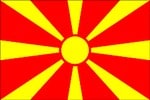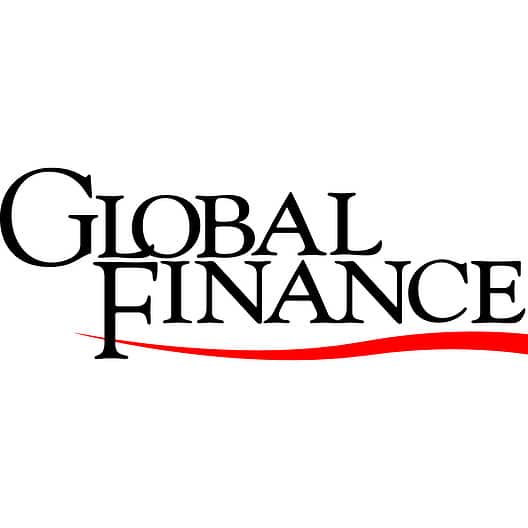Includes historical data for North Macedonia’s Gross Domestic Product growth, debt-to-GDP ratio and more, as well as information on trade, banking and financial sector leadership.
A Small Economy Overly Reliant On Tourism
Since gaining independence from Yugoslavia in 1991, this land-locked country in Southeastern Europe has made significant strides in opening its economy to global commerce and enhancing its business environment. Its strategic location near consumption centers in Europe, coupled with low tax rates and a relatively low-cost workforce, has attracted foreign investment and fostered private-sector vitality. A candidate for European Union membership, North Macedonia has already adopted the euro as its domestic currency.
However, challenges persist. While the investment climate in North Macedonia is generally favorable, corruption and opaque regulations remain issues. Additionally, North Macedonia’s economy is small, scarcely diversified, and overly reliant on tourism. A sizable informal sector and the migration of skilled workers are further concerns.
Macroeconomy & Sovereign Data
| Type of Government | Parliamentary republic |
|---|---|
| Capital | Skopje |
| Sovereign Ratings |
S&P: BB– Moody’s: Not rated Fitch: BB+ |
| Total Population | 2.1 million |
| Median Age | 39.3 |
| Adult Per Capita Income (PPP) | 20,188.01 |
| Total GDP (2023) | 15.9 billion |
North Macedonia GDP & Economic Overview
Most Recent Content
North Macedonia
Banking & Finance
Trade & Investment
| Total Exports | USD 11.8 billion (2023) |
|---|---|
| Leading Exports |
Support Catalysts Centrifuges Insulated Wiring Iron Alloys Seats |
| Total Imports | USD 9.8 billion (2022) |
| Leading Imports |
Platinum Refined Petroleum Laboratory Ceramics Cars Insulated Wiring |
| Source: | World Integrated Trade Solution |
North Macedonia Leading Companies
| Komercijalna Banka | Financials |
|---|---|
| Stopanska Banka | Financials |
| Okta AD | Oil, Gas & Consumable Fuels |
| Makpetrol | Oil, Gas & Consumable Fuels |
| Elektrani na Severna Makedonija | Electric Utilities |
| Kam DOO | Consumer Staples, Food Retail |
| Alkaloid | Pharmaceuticals, Biotechnology & Life Sciences |
Major Trade Partners — Import
| United Kingdom | 18% |
|---|---|
| Germany | 10% |
| Serbia | 8% |
| Greece | 8% |
| China | 7% |
Source: World Integrated Trade Solution
Major Trade Partners — Export
| Germany | 47% |
|---|---|
| Serbia | 9% |
| Bulgaria | 5% |
| Hungary | 3% |
| Italy | 3% |
Source: World Integrated Trade Solution
Global Finance Rankings & Awards
Data Sources:
UN World Population Prospects
World Inequality Report
S&P Global Ratings
Moody’s
Fitch Ratings
IMF Direction of Trade Statistics (DOTS)
UN Conference on Trade and Development (UNCTAD)
CIA The World Factbook
World Bank’s World Integrated Trade Solution
Forbes Global 2000






